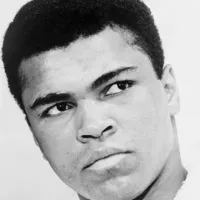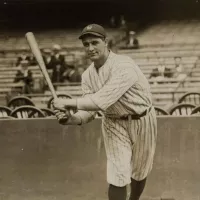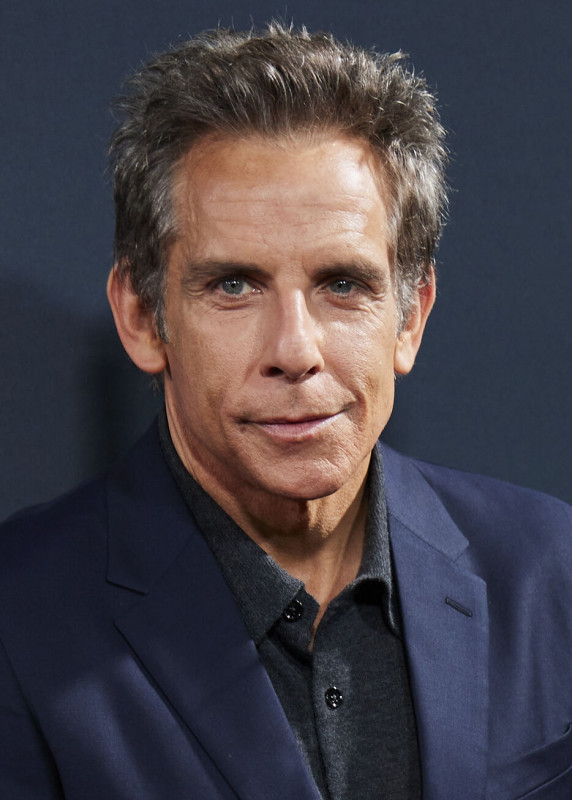Life is full of challenges, and Babe Ruth faced many. Discover key struggles and how they were overcome.
Babe Ruth, nicknamed "the Bambino" and "the Sultan of Swat," was a legendary American baseball player whose MLB career spanned from 1914 to 1935. Initially a star left-handed pitcher for the Boston Red Sox, he rose to prominence as a slugging outfielder for the New York Yankees. Ruth is widely regarded as one of the greatest sports heroes in American culture and is considered by many to be the greatest baseball player of all time. He was elected to the Baseball Hall of Fame in 1936 as one of its inaugural members.
1921: Yankees Lose the World Series to the Giants
In the 1921 World Series, the Yankees lost to the New York Giants, five games to three. Ruth hit .316 with one home run but was injured during the series.
1922: Ruth's 1922 Season and World Series Performance
In 1922, despite being named Yankees' captain then stripped of it, Ruth's season was considered a disappointment and his performance in the World Series was poor, as the Yankees lost to the Giants.
1925: Ruth's Illness and Poor Performance
In early 1925, Babe Ruth's health deteriorated significantly, leading to his worst season as a Yankee, playing just 98 games. After carousing in Hot Springs, Arkansas, and collapsing in Asheville, North Carolina, he was hospitalized in New York. Although the exact cause of his ailment has never been confirmed, he played only 98 games, finished the season with a .290 average and 25 home runs. The Yankees finished next to last in the AL with a 69–85 record.
1929: Yankees Finish Second, Huggins Dies
In 1929, despite Ruth's strong performance, the Yankees finished second to the Athletics. Manager Huggins died on September 25th, succumbing to erysipelas.
1930: Ruth's Performance, Yankees' Third-Place Finish
In 1930, Babe Ruth hit .359 with 49 home runs and 153 RBIs. The Athletics won their second consecutive pennant and World Series as the Yankees finished third. Ruth unsuccessfully sought the manager job, with Joe McCarthy replacing Shawkey.
1931: Yankees Second to Athletics
In 1931, despite the team improving, the Yankees were no match for the Athletics. Babe Ruth hit .373, with 46 home runs and 163 RBIs.
1934: Desire to Manage Yankees
In 1934, Babe Ruth openly campaigned to manage the Yankees, a job that was never a serious possibility as the team owner supported the current manager. By the end of the season, Ruth hinted that he would retire if he wasn't named manager.
1937: Lack of Managerial Offers
By the end of the 1937 season, no major league team had offered Babe Ruth a managerial position, with owners citing his personal habits as a reason. He was not considered for the Cleveland Indians managerial job, and many felt Ruth was unfairly treated in not being given an opportunity to manage a major league club.
1946: Rejection Letter
In 1946, Babe Ruth contacted the new Yankees boss MacPhail, but he was sent a rejection letter.
1965: Yankees Losing Record
In 1965, the Yankees had their first season with a losing record since 1925, marking a low point for the team.
1999: Granddaughter comments on managerial rejection
In 1999, Babe Ruth's granddaughter, Linda Tosetti, stated that Ruth felt hurt and depressed by his inability to land a managerial role with the Yankees.
Mentioned in this timeline

Donald John Trump is an American politician media personality and...

Muhammad Ali nicknamed The Greatest was an iconic American professional...

Elvis Presley the King of Rock and Roll was a...

Diego Maradona was an Argentine professional football player and manager...

The Catholic Church the largest Christian church globally with over...

Lou Gehrig nicknamed the Iron Horse was a legendary New...
Trending
Rowan Sebastian Atkinson is a highly successful English actor comedian and writer He rose to prominence through his work on...

7 months ago Amy Schumer Trolls Hilaria Baldwin Again, Recreating Viral Photos After Memoir Slam

2 months ago Ben Stiller Opens Up About Feeling Like a Failure During Separation From Wife

8 months ago Zeev Buium aims for NCAA championship, potentially joining the Wild like Faber.

14 days ago Ryan Seacrest's Impressive Workout: Biceps Bulge Surprises Fans After Hollywood Exit

1 month ago Jeremy Renner faces accusations of ICE threat and misconduct controversy in Hollywood.
Popular

Candace Owens is an American conservative political commentator and author...

Ilhan Omar is an American politician currently serving as the...

XXXTentacion born Jahseh Dwayne Ricardo Onfroy was a controversial yet...

Tom Cotton is an American politician and Army veteran currently...
Matt and Ross Duffer known as the Duffer Brothers are...
The Kennedy Center Honors are annual awards recognizing individuals and...
